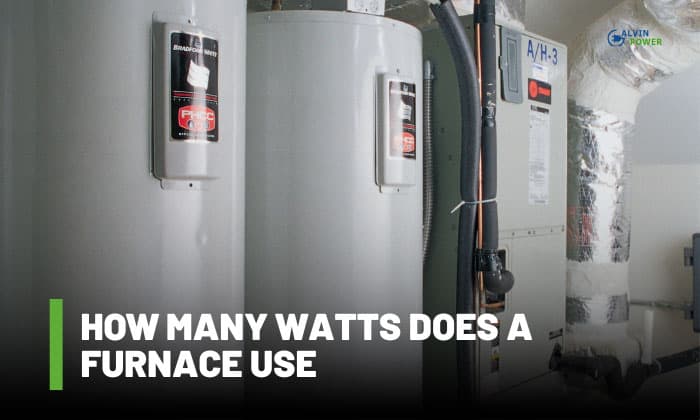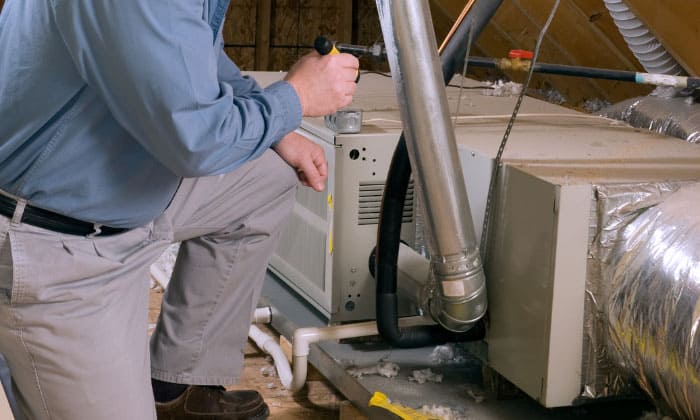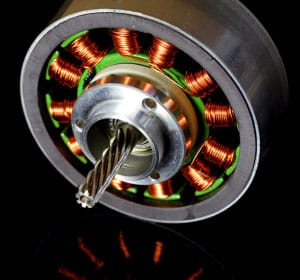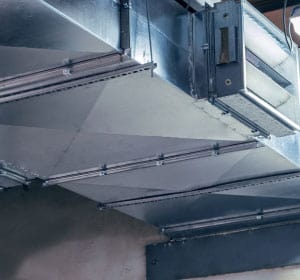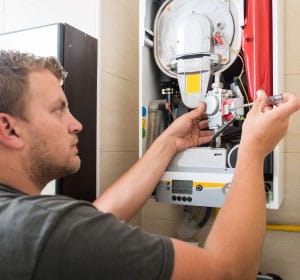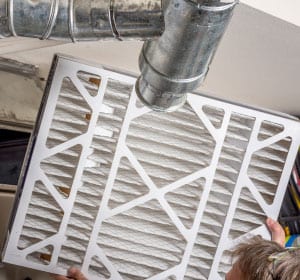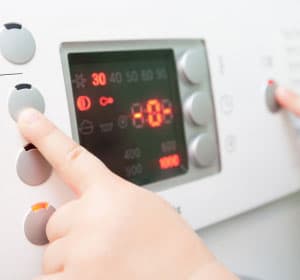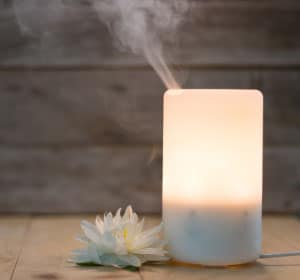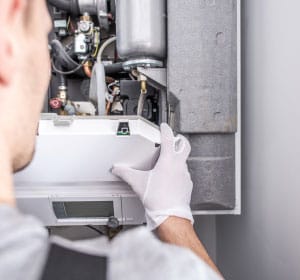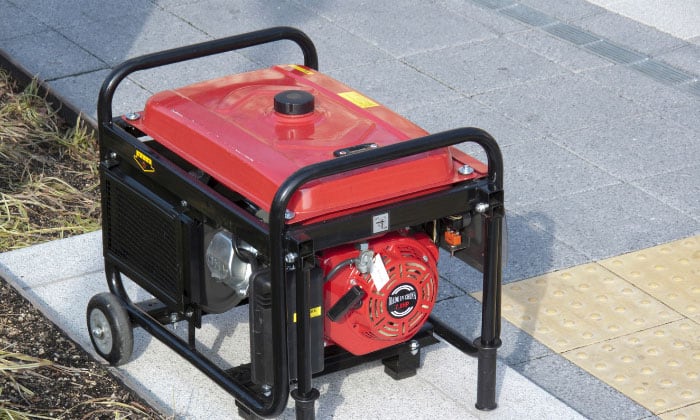A furnace is essential for most homes that consume significant energy, particularly during winter. If you are looking for ways to save energy with your furnace, understanding how many watts does a furnace use depending on each type is the best place to start.
In this post, we’ll go over everything you need to know about furnace wattage, such as the normal watts needed by various types of furnaces and methods for optimizing your system for optimal energy efficiency.
Table of Contents
How Many Watts Does a Home Furnace Use?
A furnace’s watts usage can vary depending on the type and size of the furnace. Electric furnaces will generally have higher wattage usage than gas furnaces.
For instance, a residential electric furnace may range from 10,000 to 20,000 watts of power rating. At the same time, a larger commercial electric furnace can have over 50,000 watts or more wattage usage.
On average, it may take around 10-15 kilowatt-hours (kWh) per day used electric furnaces, depending on usage and size.
On the other hand, you may wonder whether does gas heat use electricity. The answer is yes, it uses significantly less electricity since they don’t rely on electricity to heat the air.
The electricity usage for gas furnaces typically comes from the blower motor that circulates the heated air. A small unit with a 1/2 hp furnace blower motor wattage can reach 368 watts, while bigger systems can reach up to 700 watts.
Factors Influencing Electric Furnace Wattage
1. Motor Type
The wattage consumed by the furnace is affected by the type of motor used. ECM motors, for example, can consume up to 300 watts, which is less than the PSC motor, which can require up to 800 wattson average.
2. Size of Motor
The size of the motor determines the wattage consumption of an electric furnace. In general, a larger furnace will consume more electricity than a smaller one.
3. Motor Speed
A furnace with a variable speed blower motor uses less energy than one with a fixed-speed motor because it can alter its speed to meet the home’s heating needs. In this case, the higher the speed the higher the wattage is being used.
4. Ductwork Pressure
The pressure of the ductwork can affect the cost of running furnace fan continuously. If the ductwork is poorly built or installed, pressure imbalances can occur, causing the furnace to work harder than necessary, increasing energy consumption.
5. Setting on the ECM Motor
The ECM motor settings can be altered to control the airflow of the furnace, which can affect the energy consumption of the furnace. As a result, depending on its setup, it may use more energy.
6. Length of Cycles
Lastly, the length of the furnace’s cycles can also affect its energy consumption. In general, if the cycles are too short, the furnace will have to switch on more frequently, wasting energy. In contrast, if the cycles are too long, the furnace may use more energy than is required to maintain the specified temperature.
Calculating Furnace Wattage
To calculate the power consumption of a furnace, first, establish its actual running wattage by accounting for its on and off cycle. A furnace, for example, runs for only 35 minutes of common application every hour since it cycles on and off every 15 to 20 minutes.
As a result, a 15,000-watt furnace may have a running wattage of 9,750 watts per hour, or 9.75 kWh. You may compute the furnace energy consumption by multiplying the running wattage by the length of use.
For example, utilizing two hours of an average furnace run time per day would result in 19.5 kWh (kilowatt-hour) usage since 1 kWh = 1,000 watts. You can also compute the average weekly or monthly consumption by dividing the daily consumption by seven or thirty days.
The table below shows a sample calculation of the average cost to run furnace with a 15,000-watt power based on its running wattage and a four-month winter season with an average price of 14 cents per kWh for the electricity rating.
| Electric Furnace Watts Rating | Running Wattage | Time of Usage | kWh Rating | Average Cost (14 ¢ / kWh) |
| 15,000 watts | 9,750 watts | 1 hour | 9.75 kWh | $1.36 |
| 15,000 watts | 9,750 watts | 1 day | 19.5 kWh | $2.73 |
| 15,000 watts | 9,750 watts | 1 week | 136 kWh | $19.04 |
| 15,000 watts | 9,750 watts | 1 month | 585 kWh | $81.9 |
| 15,000 watts | 9,750 watts | 1 year | 2,340 kWh | $327.6 |
Energy-saving Tips for Furnaces
Here are some tips to save energy and reduce furnace power consumption:
1. Maintain the filter’s cleanliness
Dirty filters reduce airflow and make your furnace work harder, which uses more energy. Clean or replace your filters regularly to keep your furnace running efficiently.
2. Use sunshine to organically heat your living space
On sunny days, open your curtains or blinds to let the sun’s warmth into your home. This can help reduce the need for additional heating.
3. Make use of programmable thermostats
Set your thermostat to automatically adjust the temperature when you’re away from home or sleeping. This can help reduce energy consumption when heating is not needed.
4. Reverse the rotation of your ceiling fan
In the winter, set your ceiling fan to rotate clockwise to help distribute warm air more evenly throughout the room.
5. Make use of a humidifier
Adding moisture to the air can help make it feel warmer, allowing you to turn down your thermostat and save on heating costs.
6. Make your home draft-free
Seal gaps around doors and windows with weather stripping or caulking to prevent cold air from entering your home and warm air from escaping.
7. Maintain your heating systems
Regular maintenance of your furnace and ductwork can help ensure they are running efficiently and prevent costly breakdowns or repairs.
Frequently Asked Questions
What Size Generator Do I Need to Run My Furnace?
The size of the generator to run furnace depends on the wattage of your furnace. In most cases, a generator that produces at least 3,500 to 5,000 watts should be sufficient to power a standard furnace.
However, it’s best to consult a professional electrician or generator installer to determine the right size for your needs.
How Can I Lower My Furnace’s Wattage?
There are several ways to reduce the consumption of watts to run a furnace and improve its energy efficiency. Some of these are installing thermostats and constantly keeping their filter clean. By doing this, it will surely reduce your furnace’s energy wattage.
How Often Should I Replace My Furnace to Improve Its Efficiency?
An electric furnace for house often lasts more than 20 years, while a gas furnace, such as a propane furnace, can last more than ten years. However, if your furnace consumed more energy before these years, you could contact a professional to see if your unit needs to be replaced.
How to Choose an Energy-efficient Furnace
When selecting an energy-efficient whole house electric furnace, look for ENERGY STAR-certified models. This will assure you that these products are truly energy efficient.
How Many Amps Does an Average Electric Furnace Use?
An electric furnace with a power rating between 10,000 to 50,000 watts can draw a 60 to 80 amps current. These furnaces are typically connected to a 220v circuit. It is crucial to be specific about the furnace’s electrical requirements to ensure the appropriate circuit is installed.
How Many Watts Does an RV Furnace Use?
RV furnace wattage is typically low compared to home furnaces, and it may only have an average of 37 to 150 watts/hour. However, the actual wattage consumption of an RV furnace varies depending on its BTU size and its type.
How Many Watts Does a Boiler Use?
The boiler wattage typically takes 200 watts in running condition. However, its power consumption will vary depending on usage and environmental conditions.
Conclusion
Understanding how many watts does a furnace use is crucial for homeowners to ensure proper circuit sizing and efficient operation during winter. Furthermore, it will also be useful in selecting the proper generator size during a power outage.
Remember, electric furnaces typically consume more energy and may be more expensive to run than gas furnaces. However, gas furnaces have drawbacks such as higher repair costs and limited suitability in areas where gas fuel is expensive.
In this scenario, hiring a professional can provide guidance in determining which furnace is appropriate for your home.
Related articles:

I am Edwin Jones, in charge of designing content for Galvinpower. I aspire to use my experiences in marketing to create reliable and necessary information to help our readers. It has been fun to work with Andrew and apply his incredible knowledge to our content.

